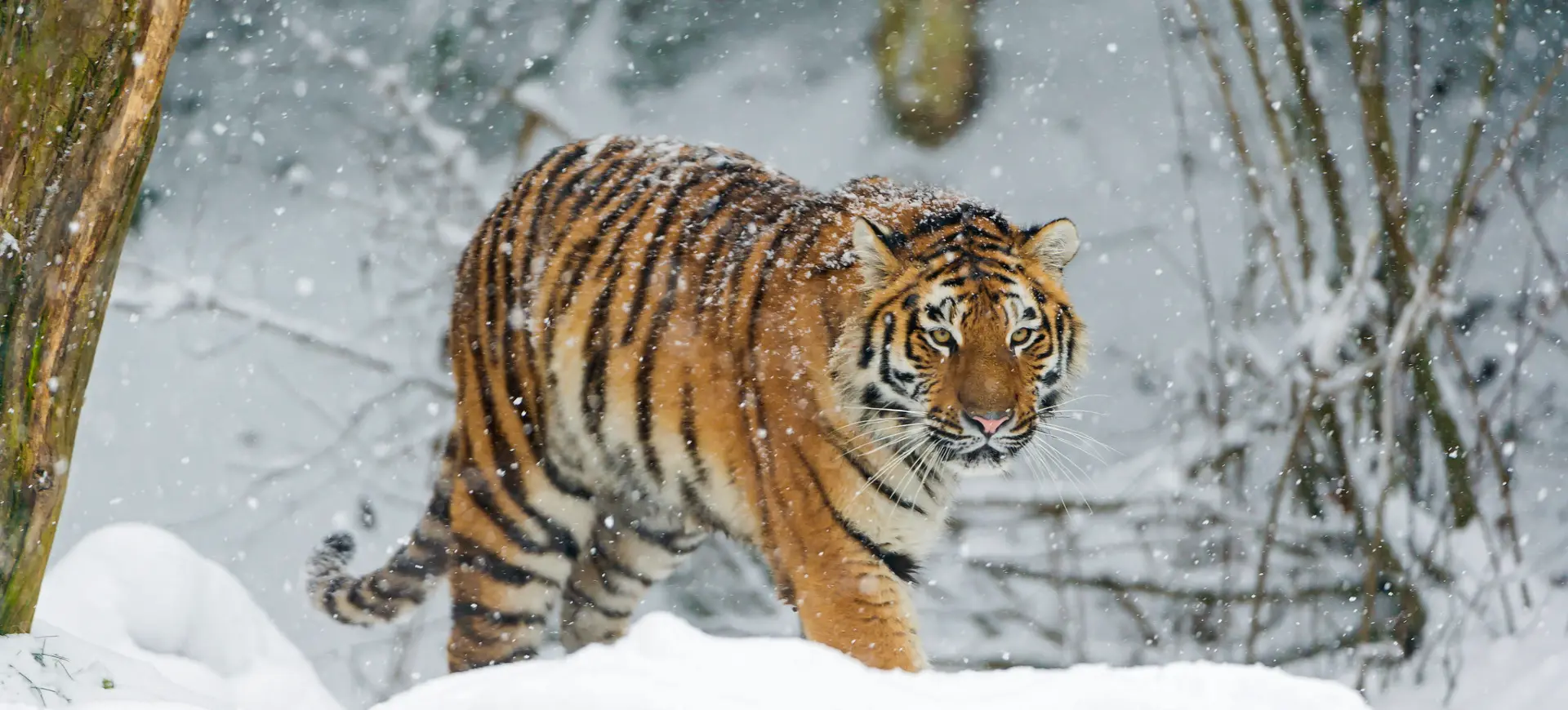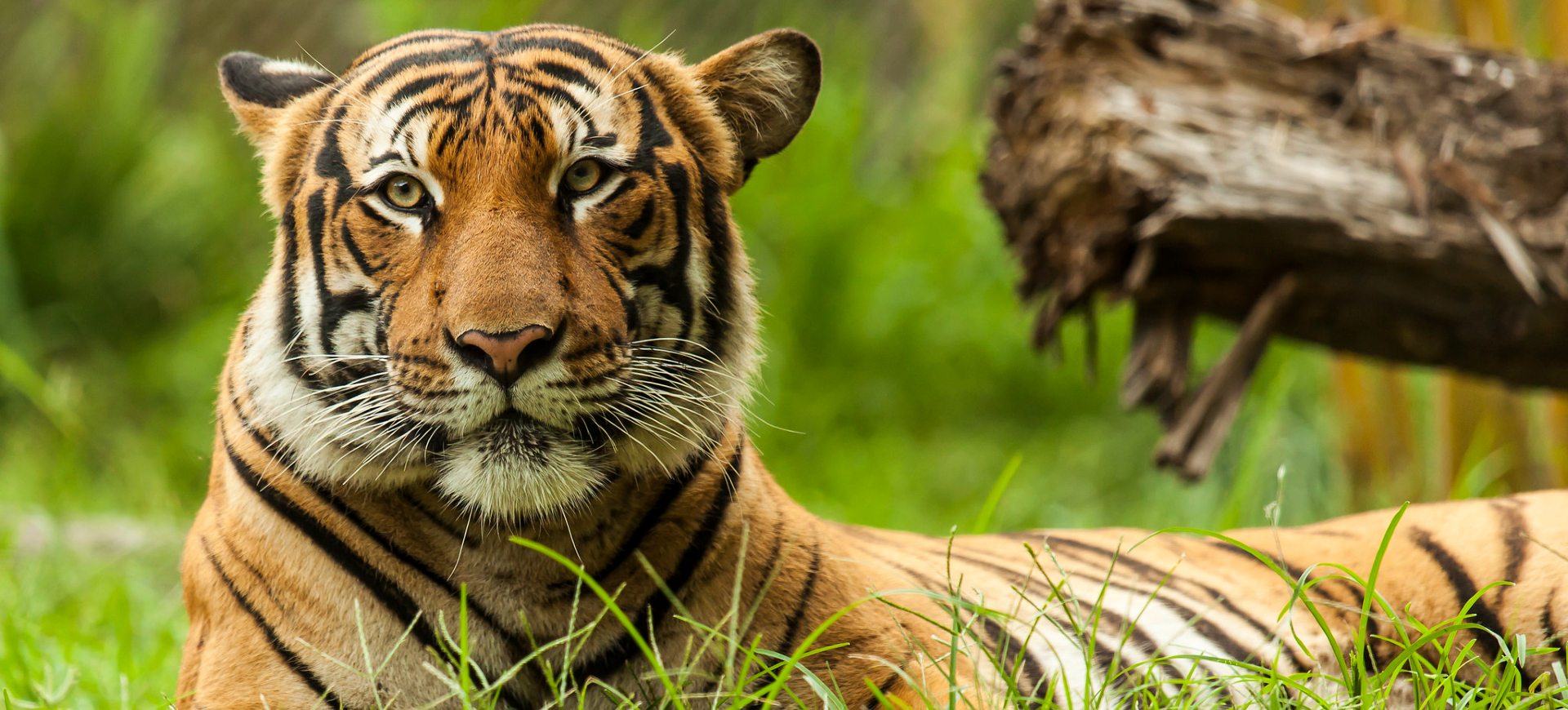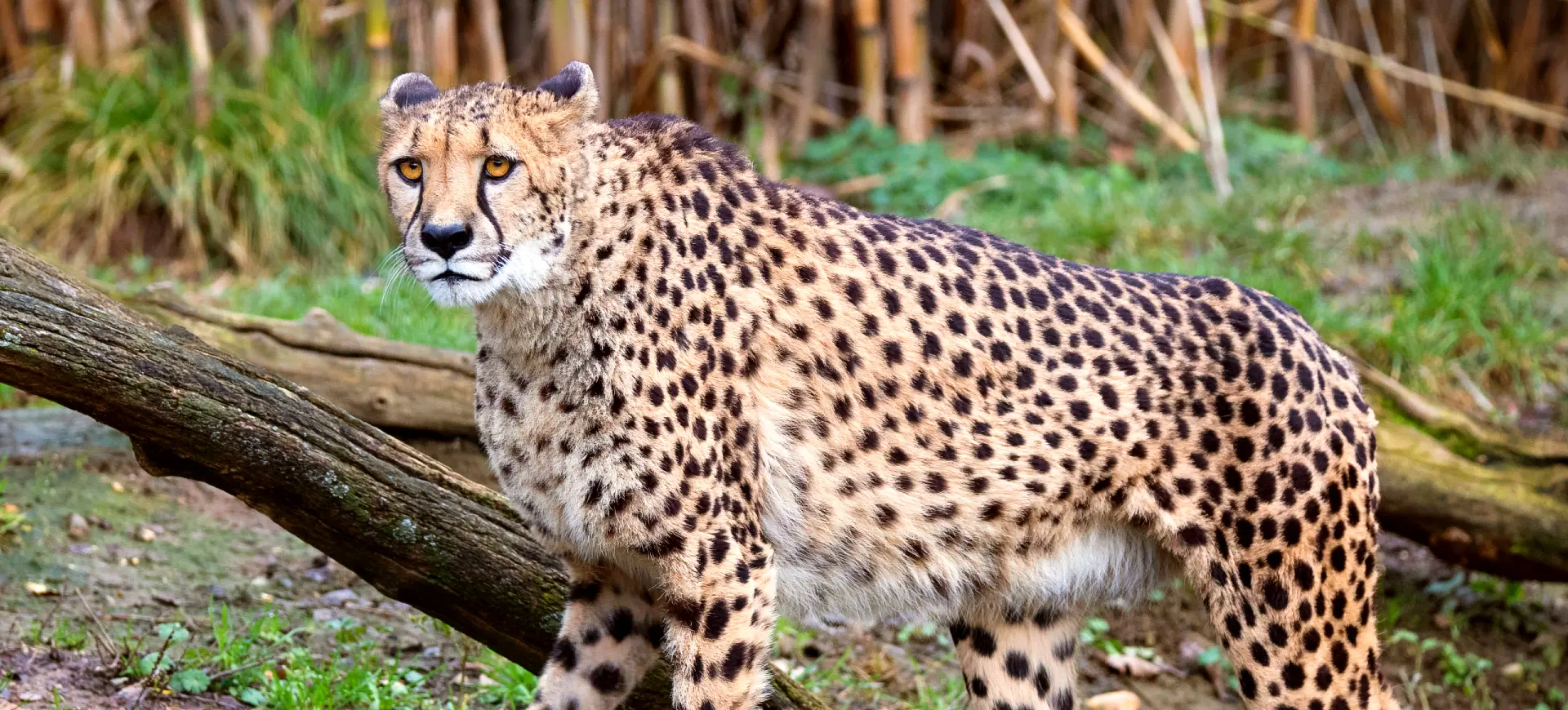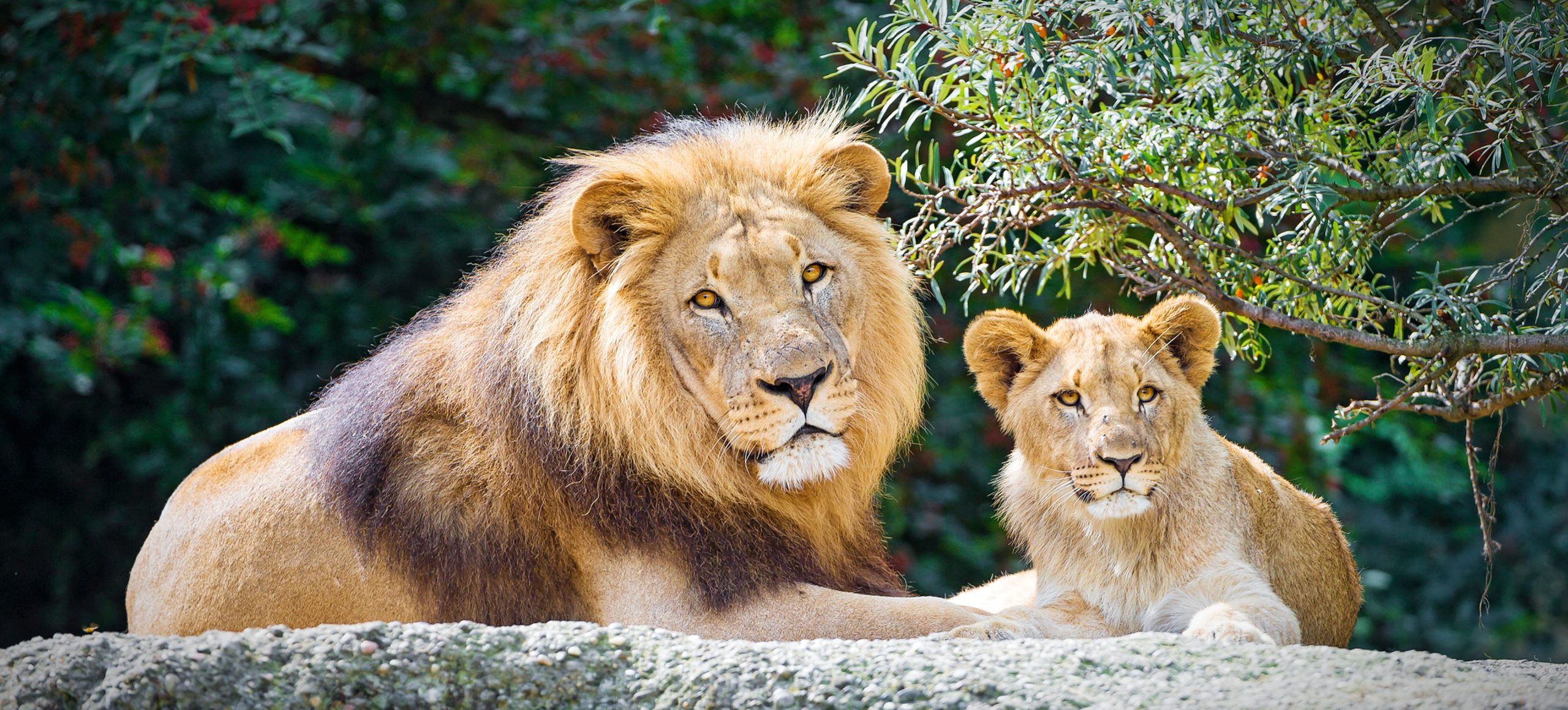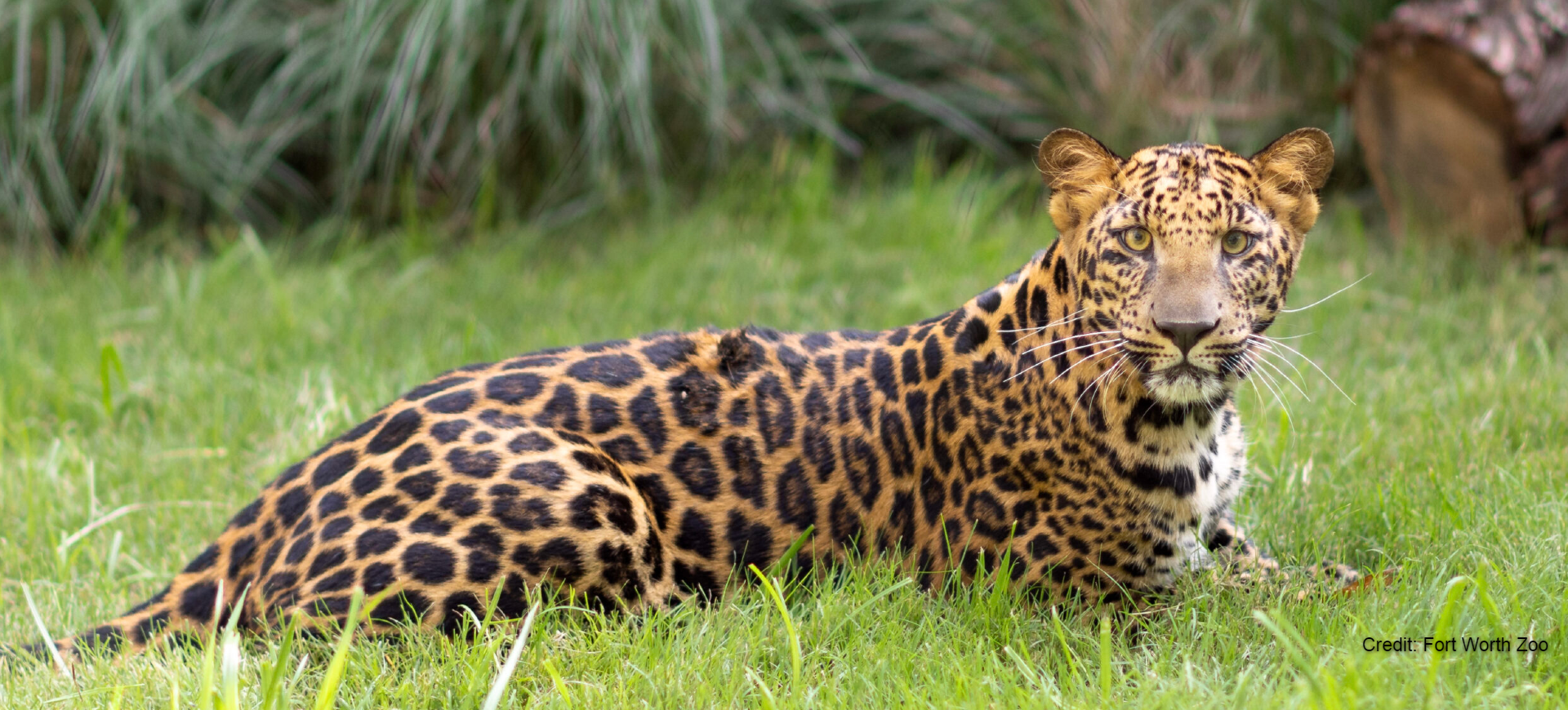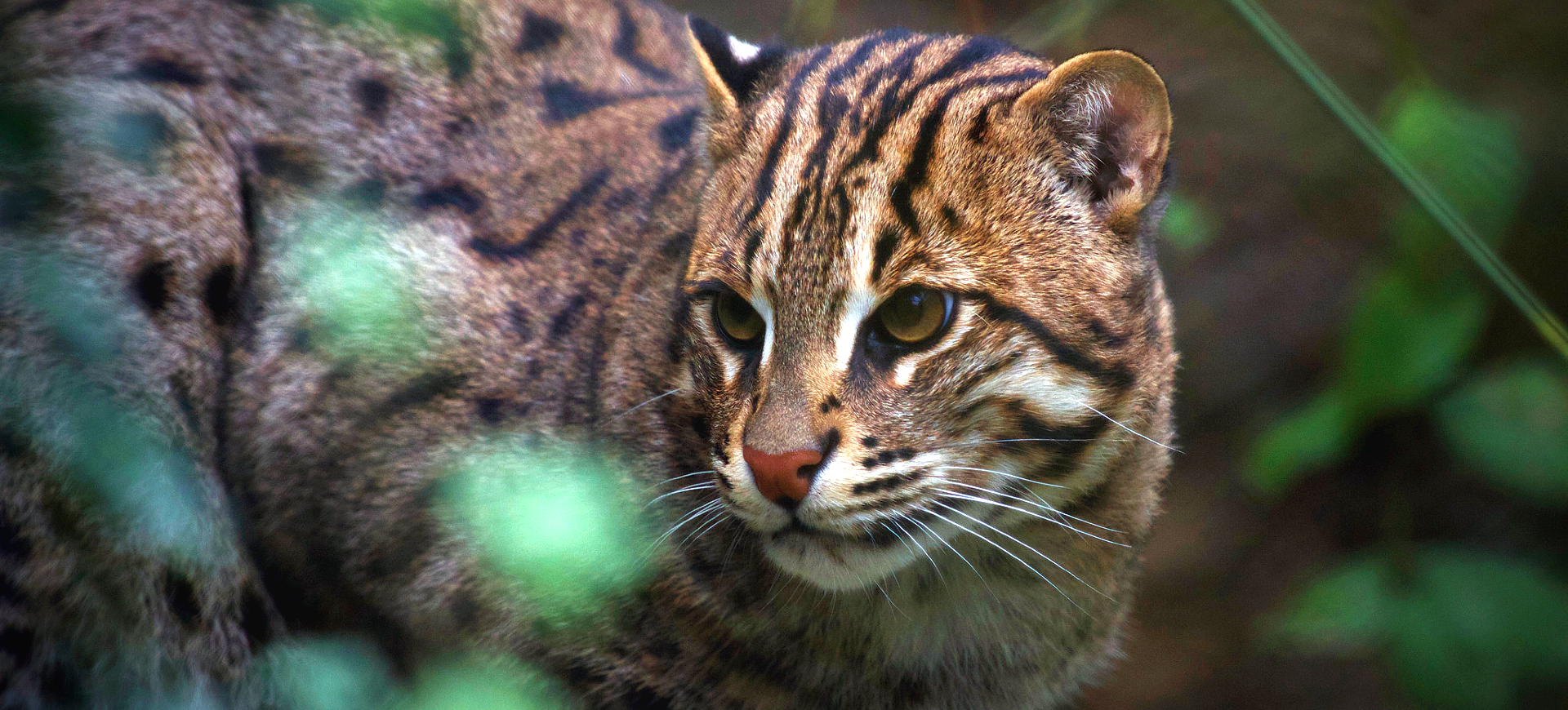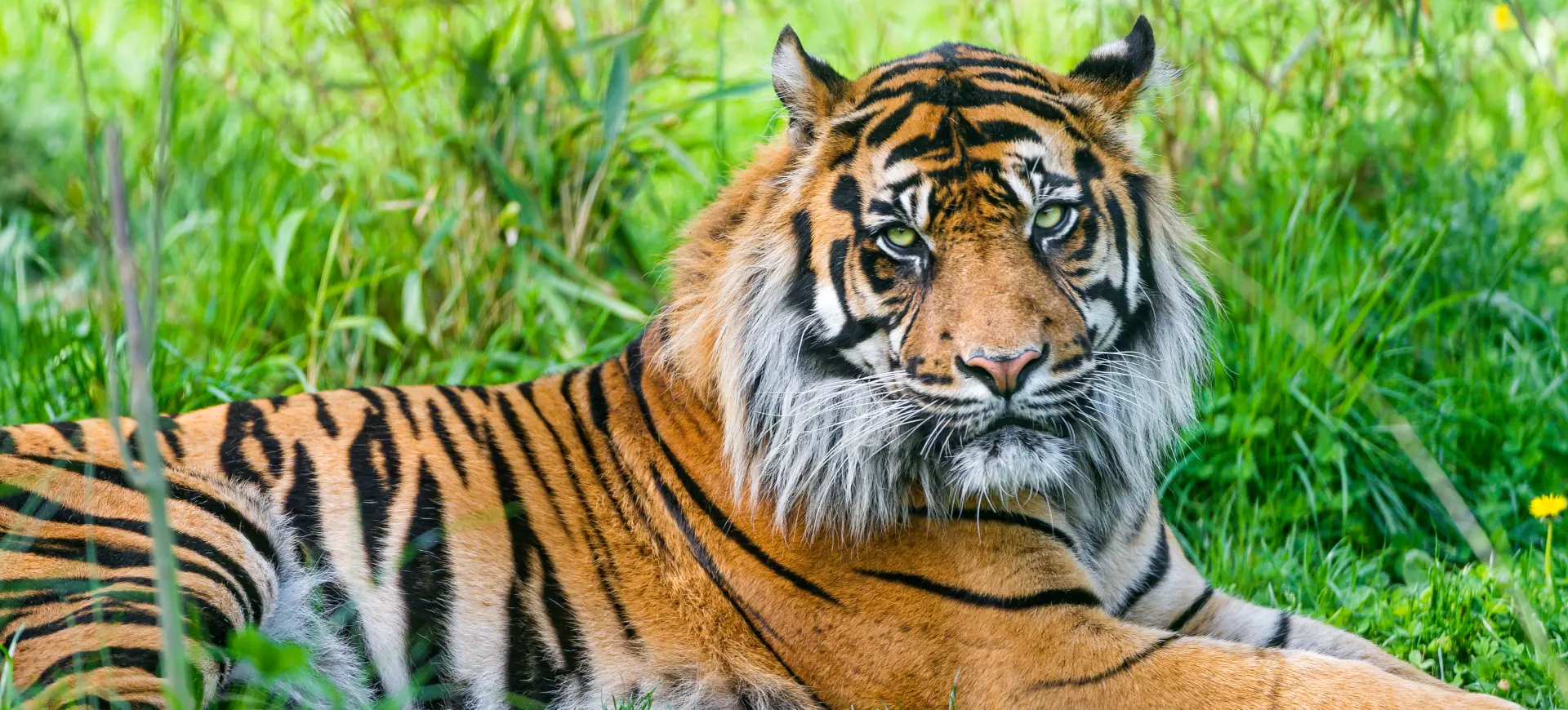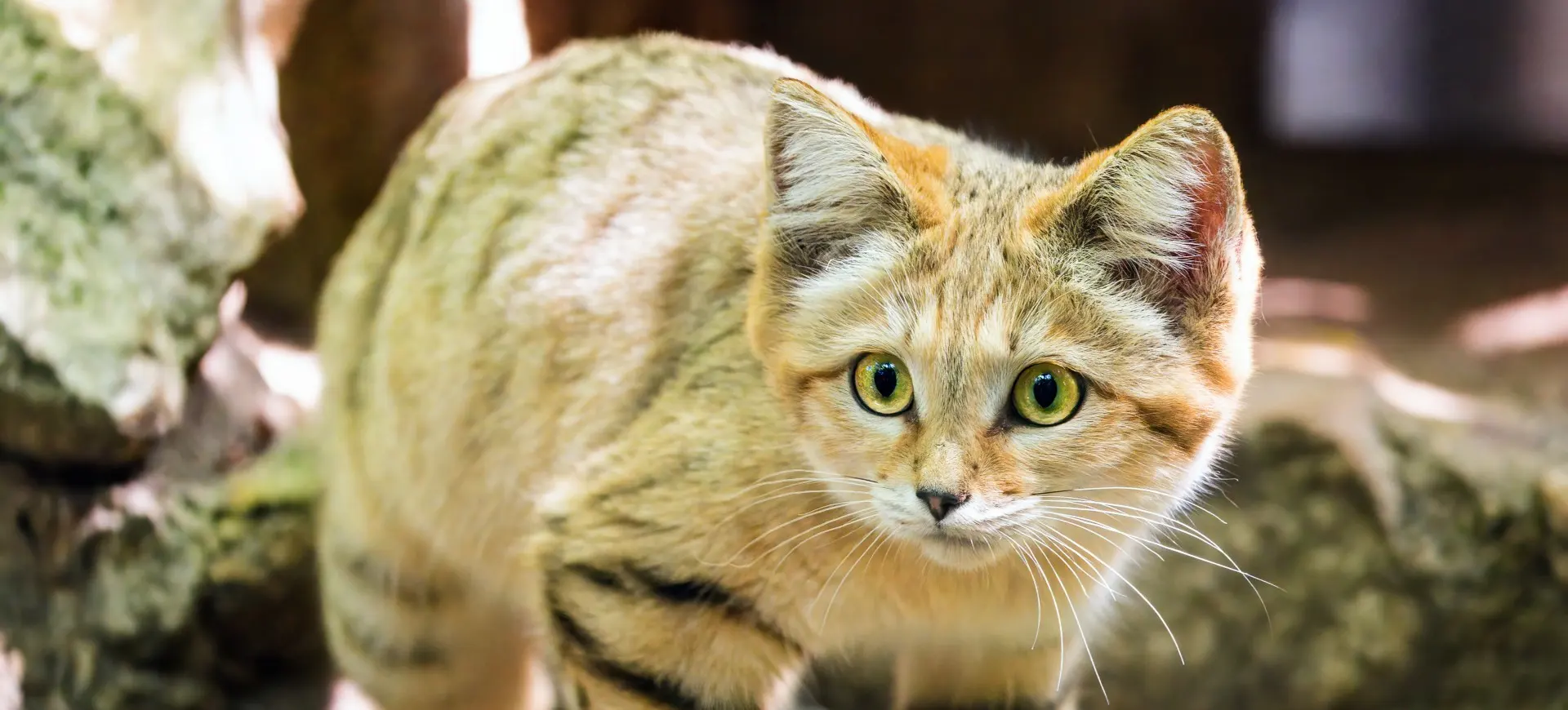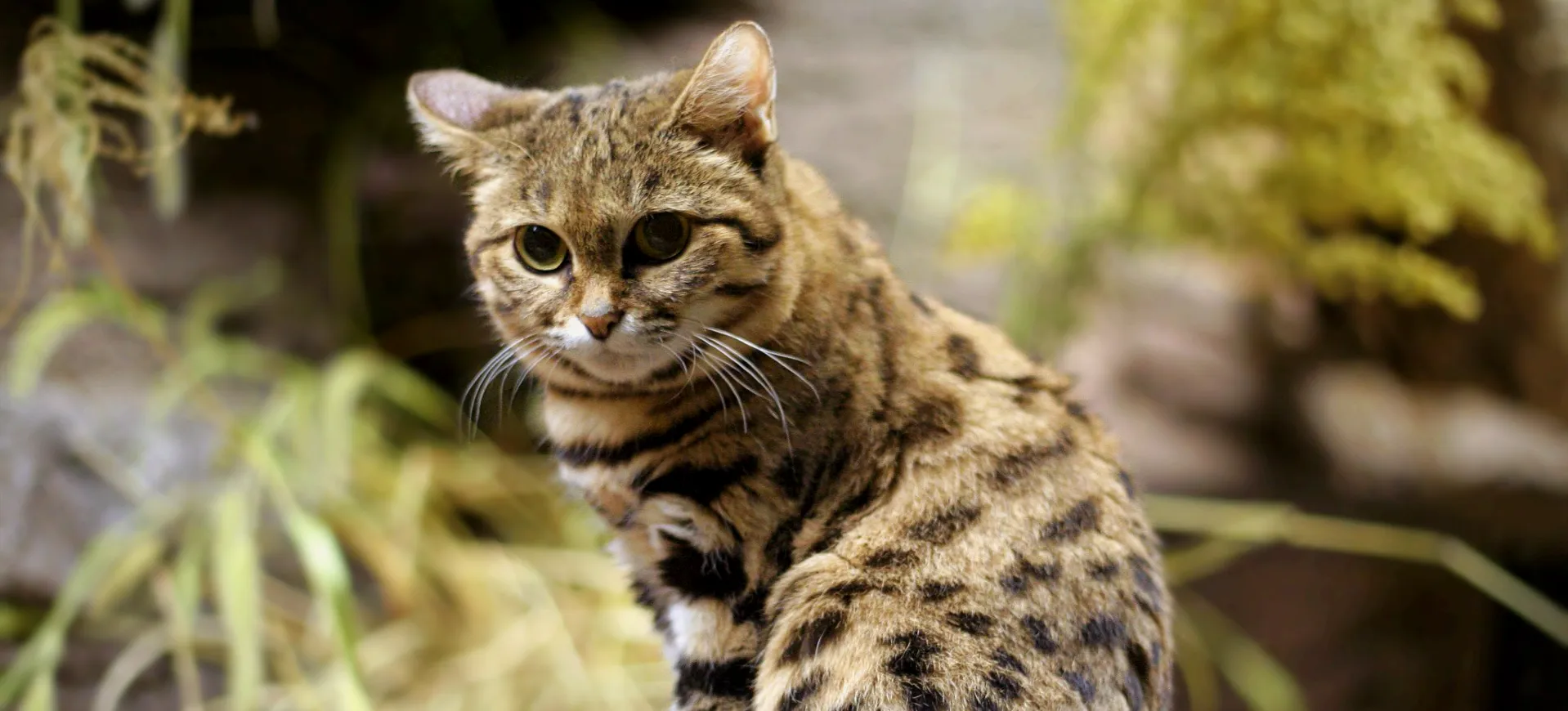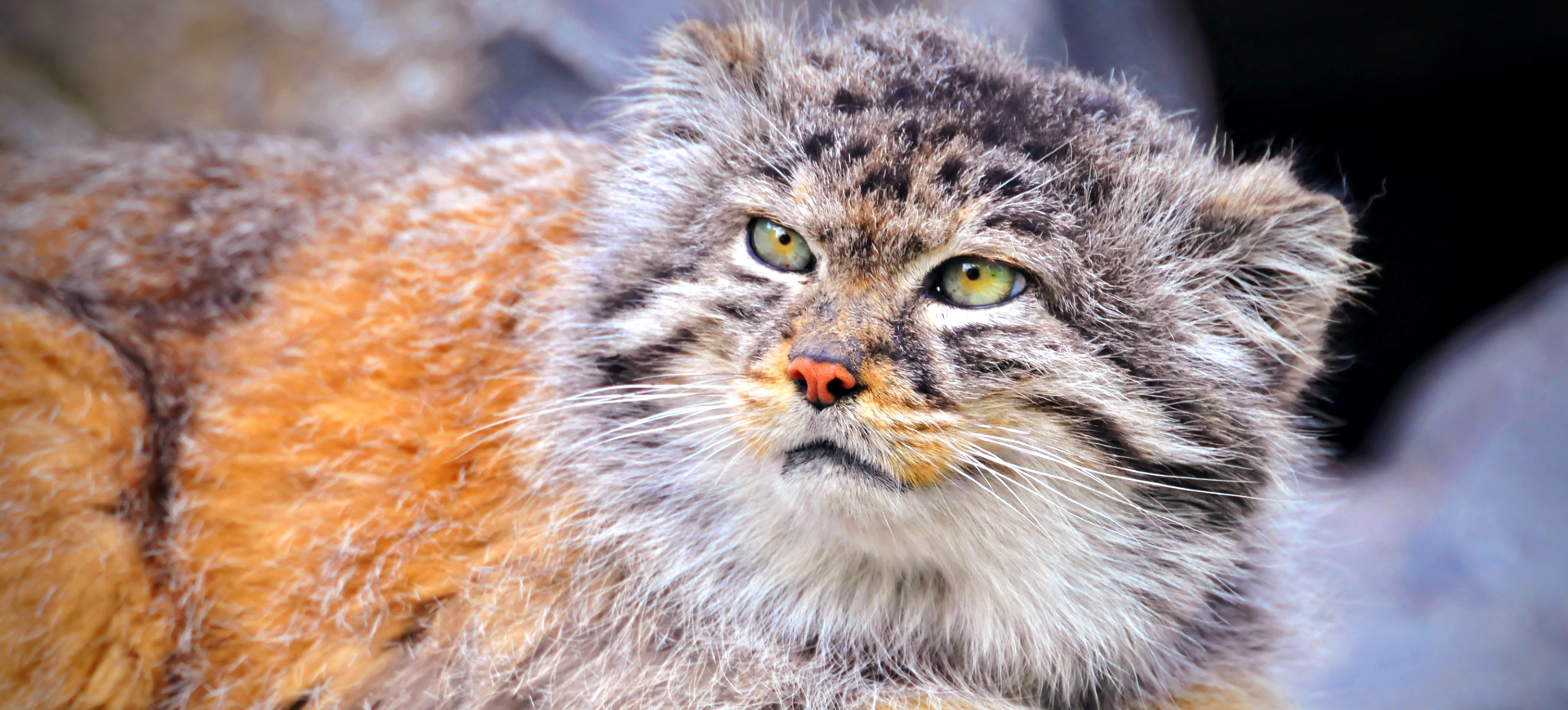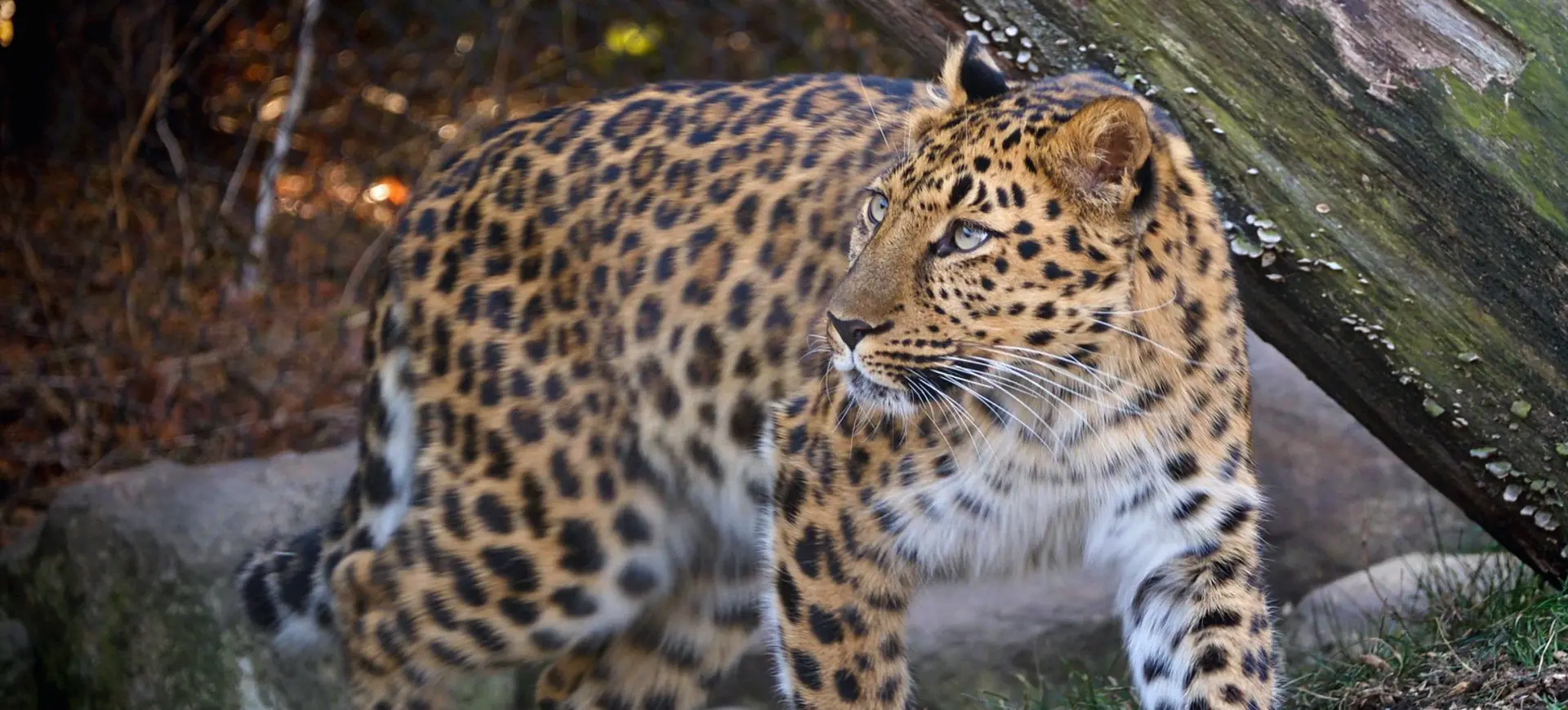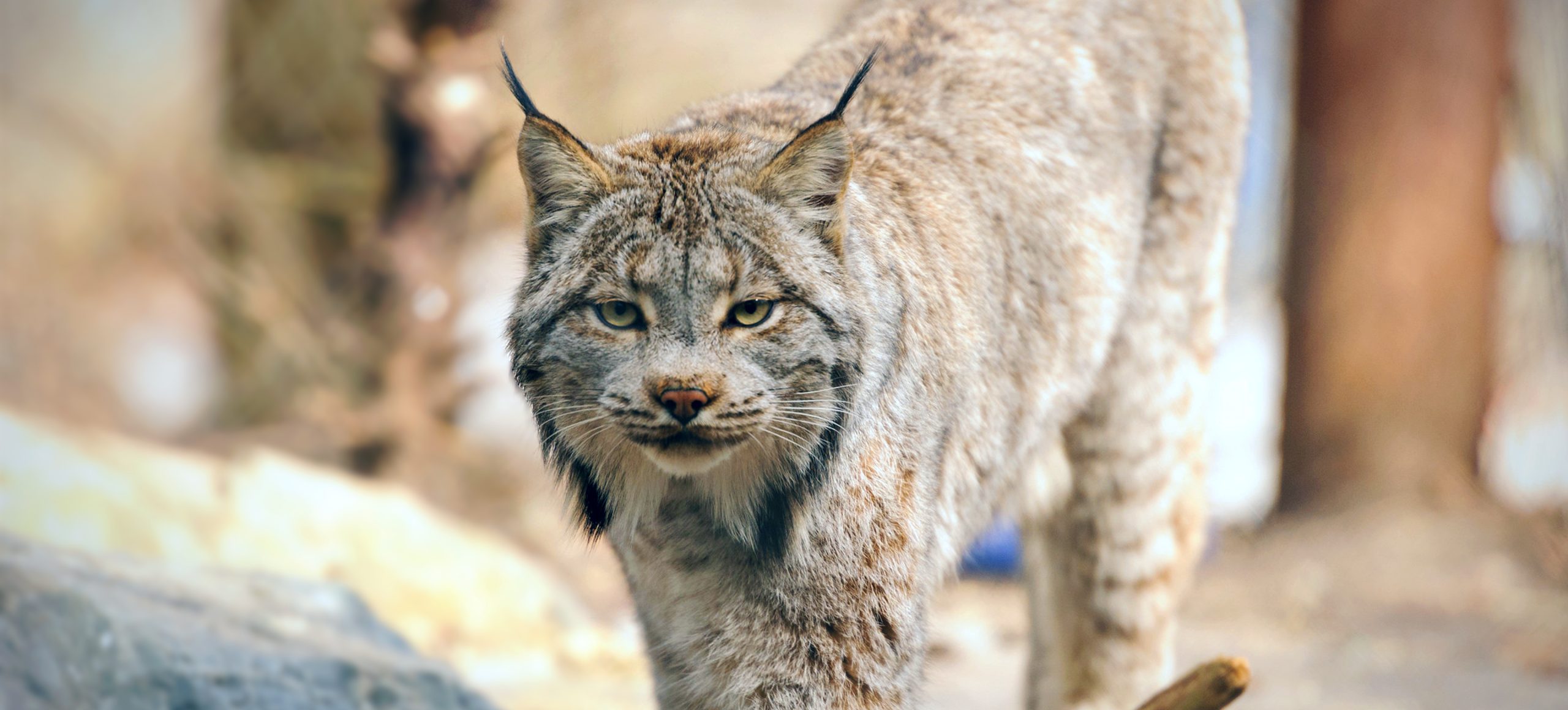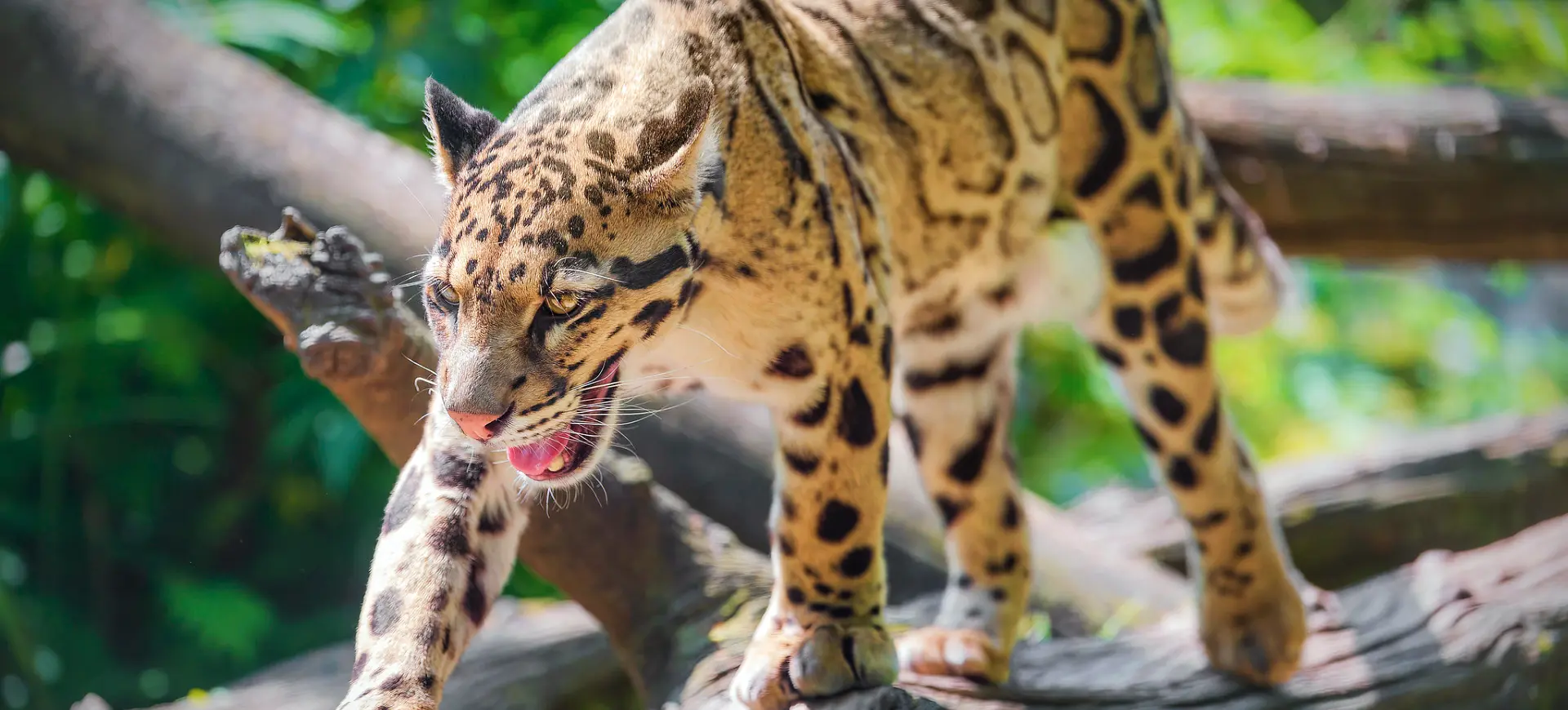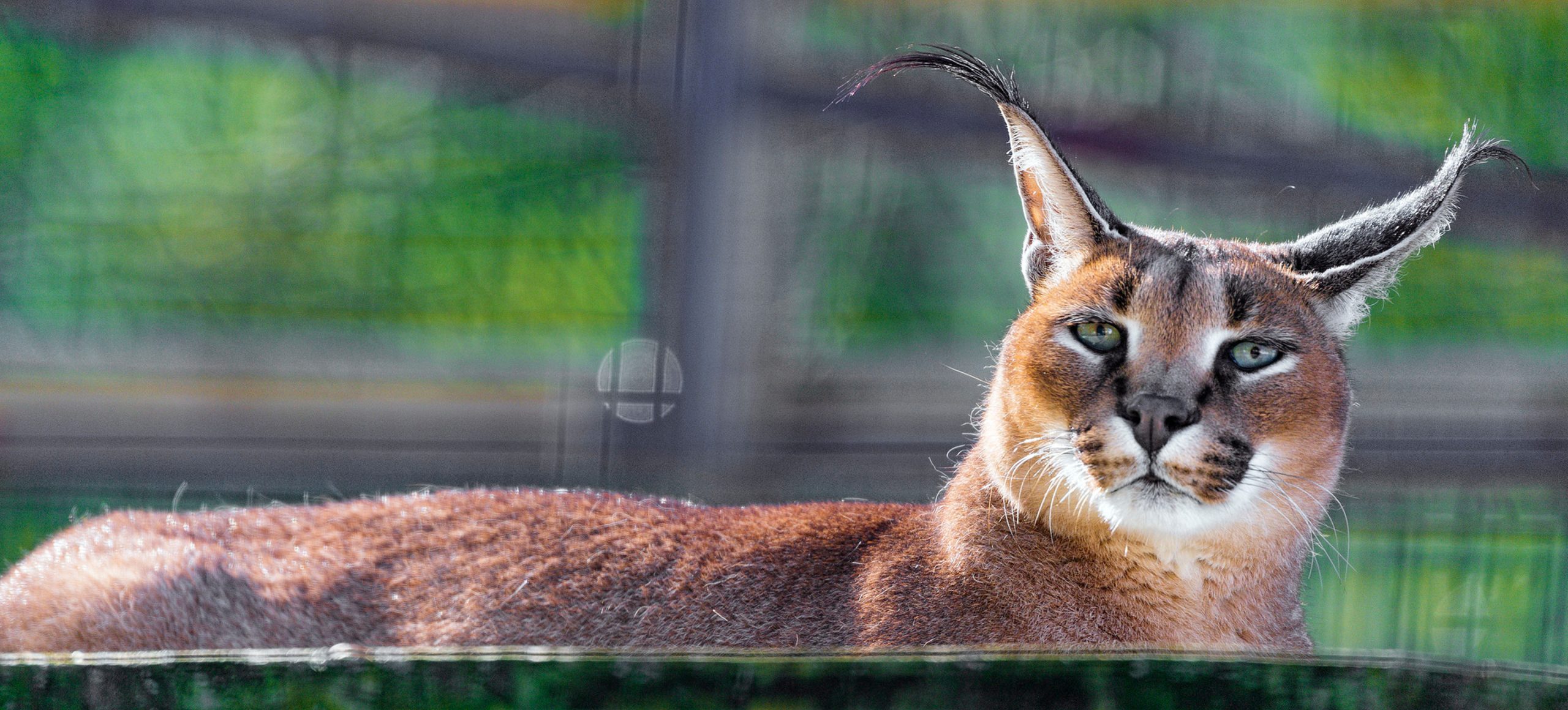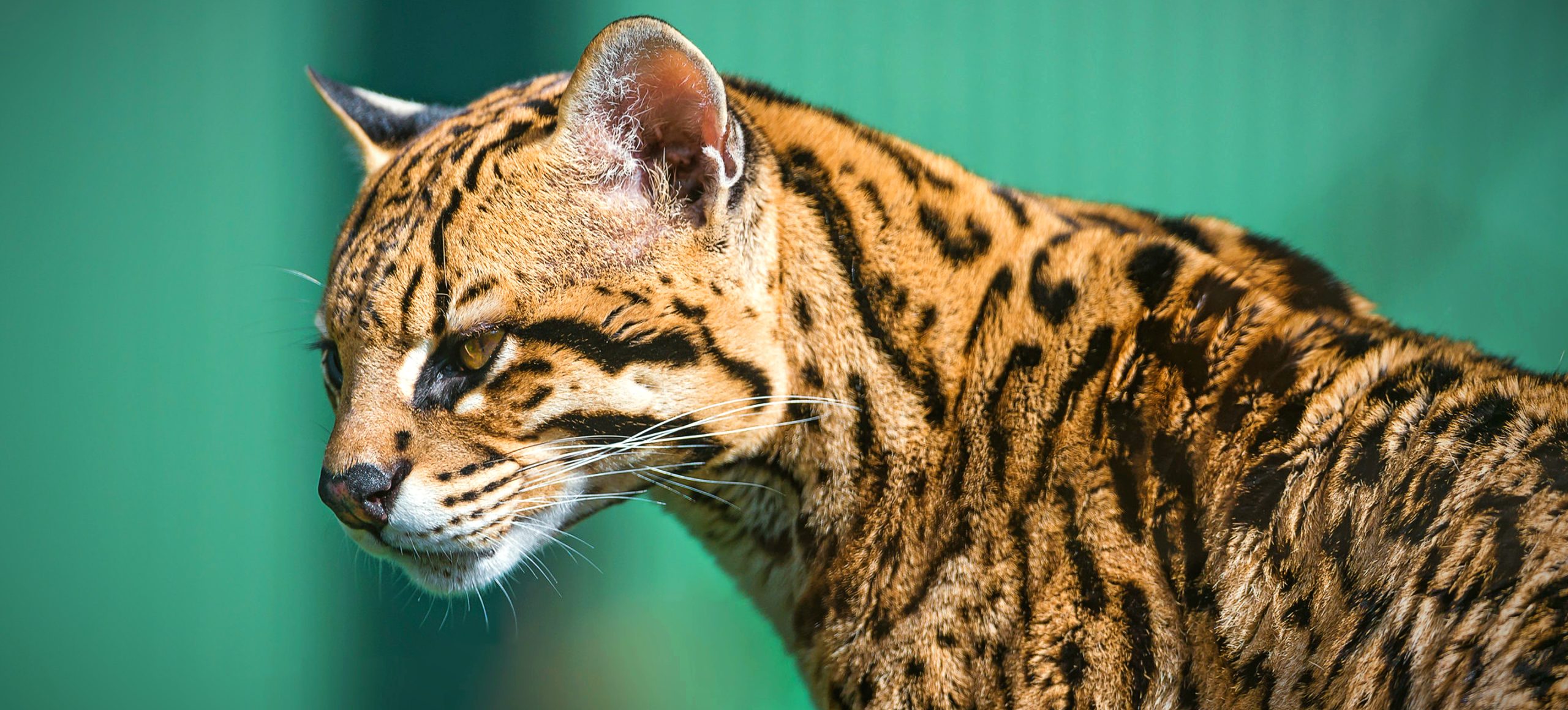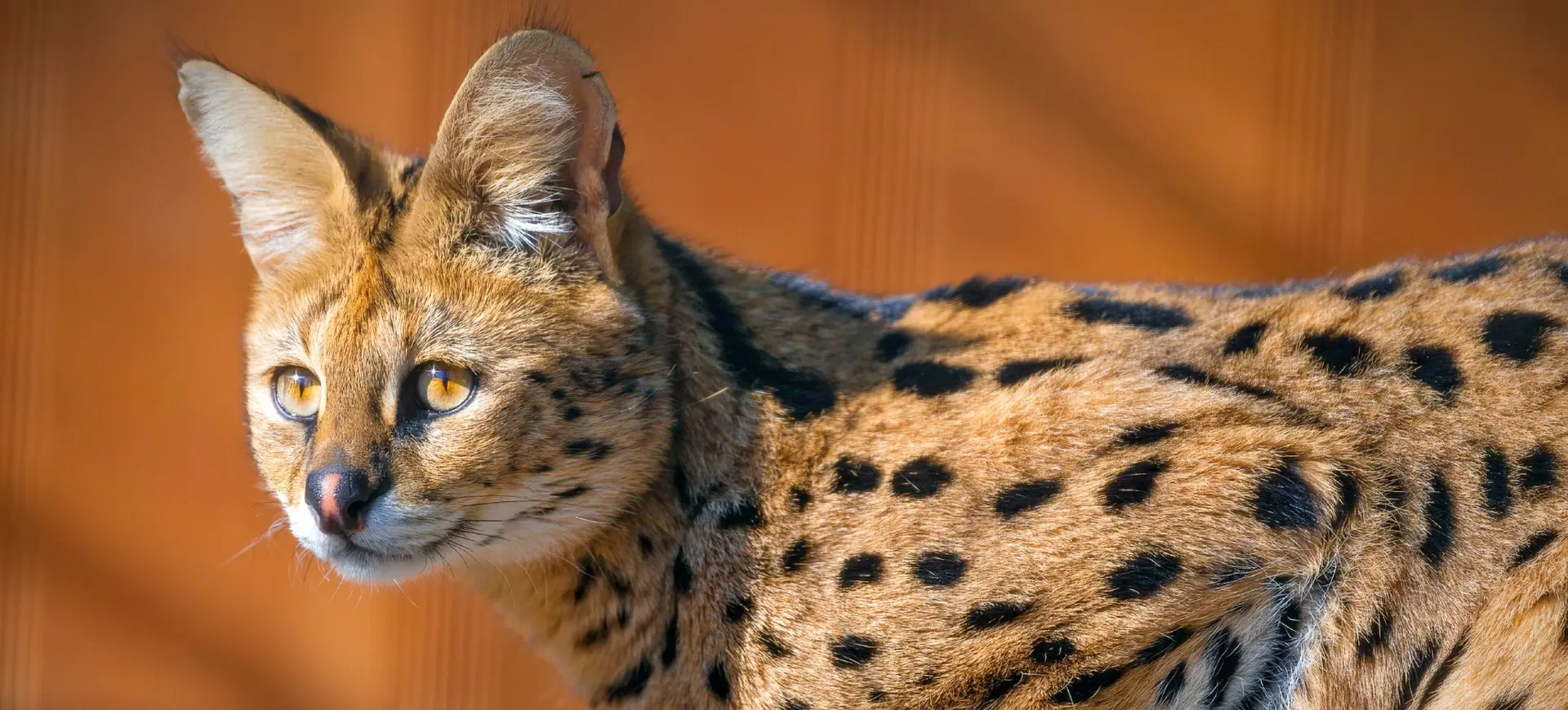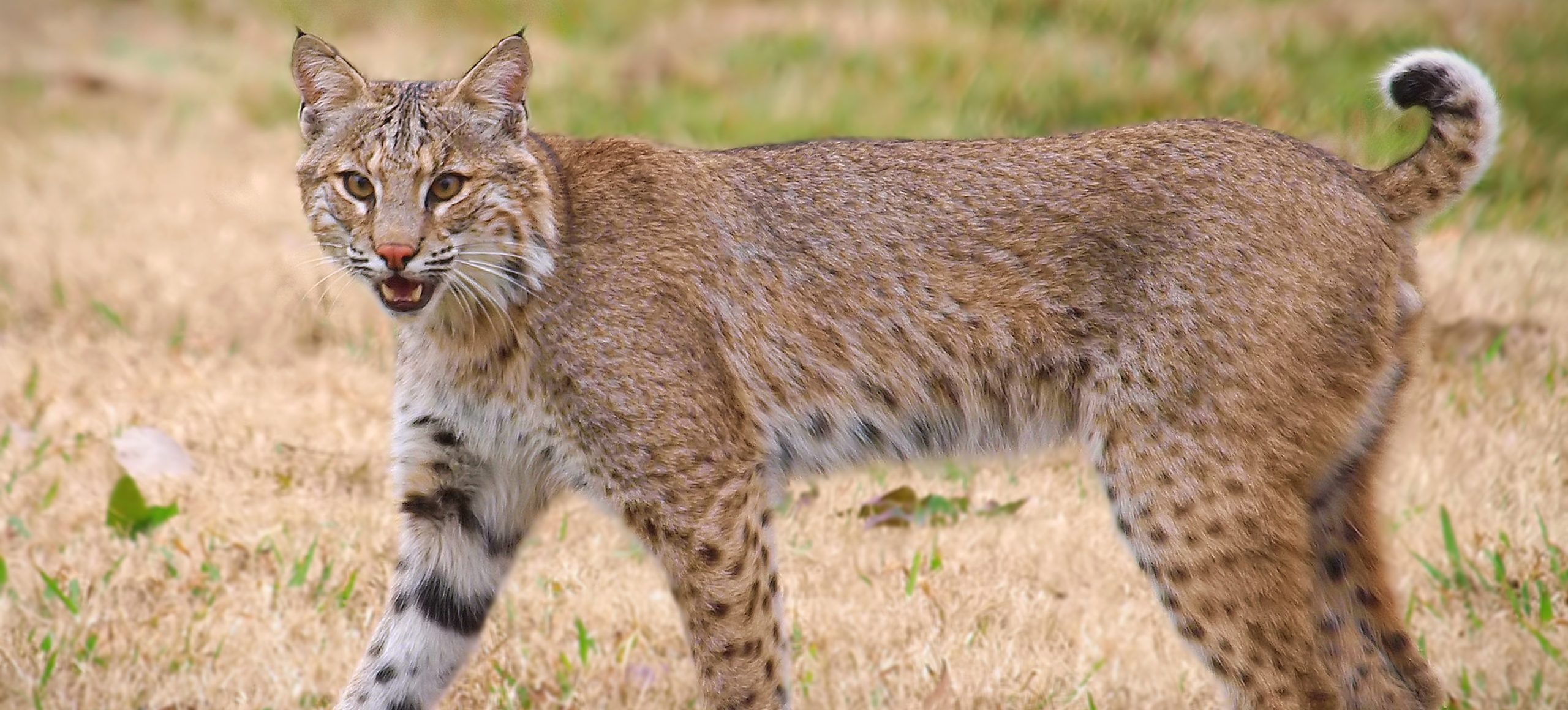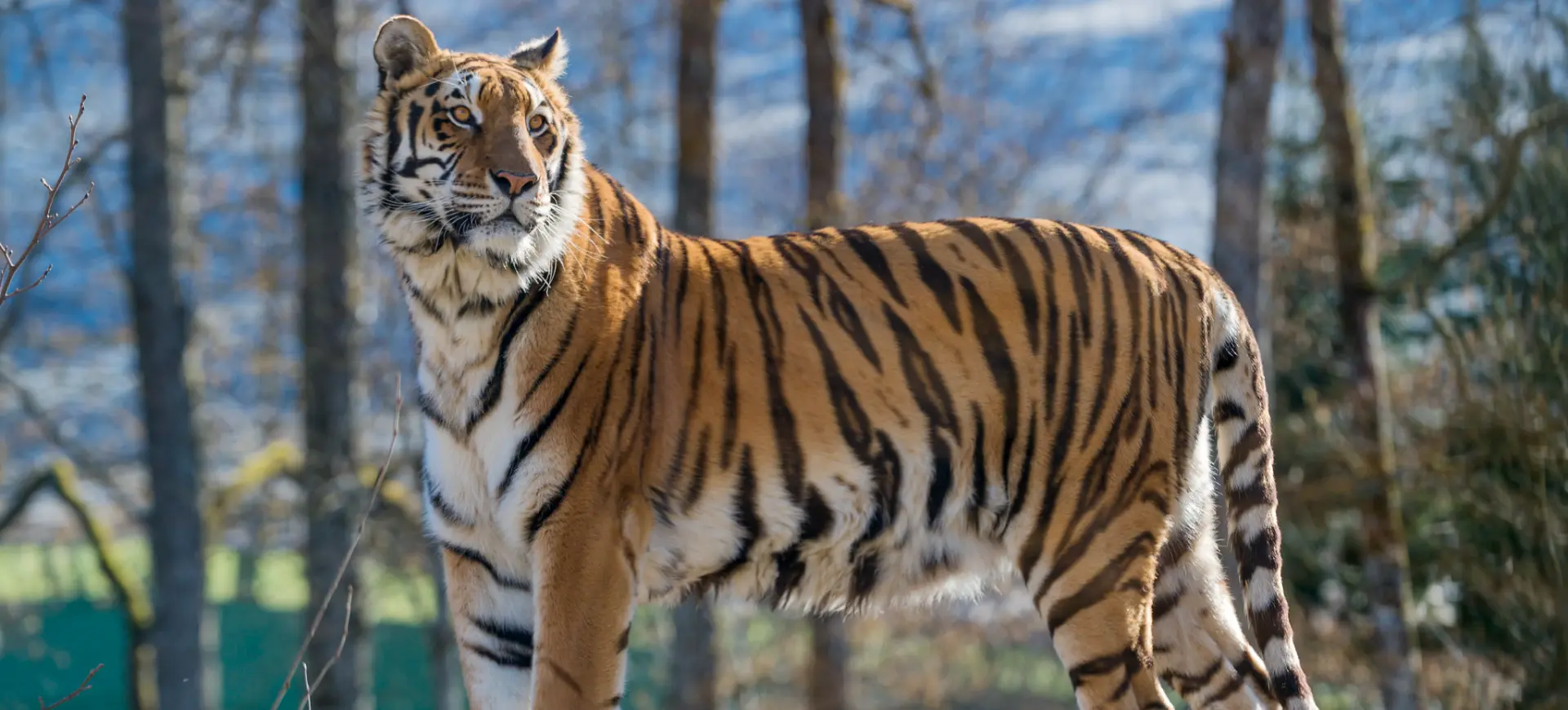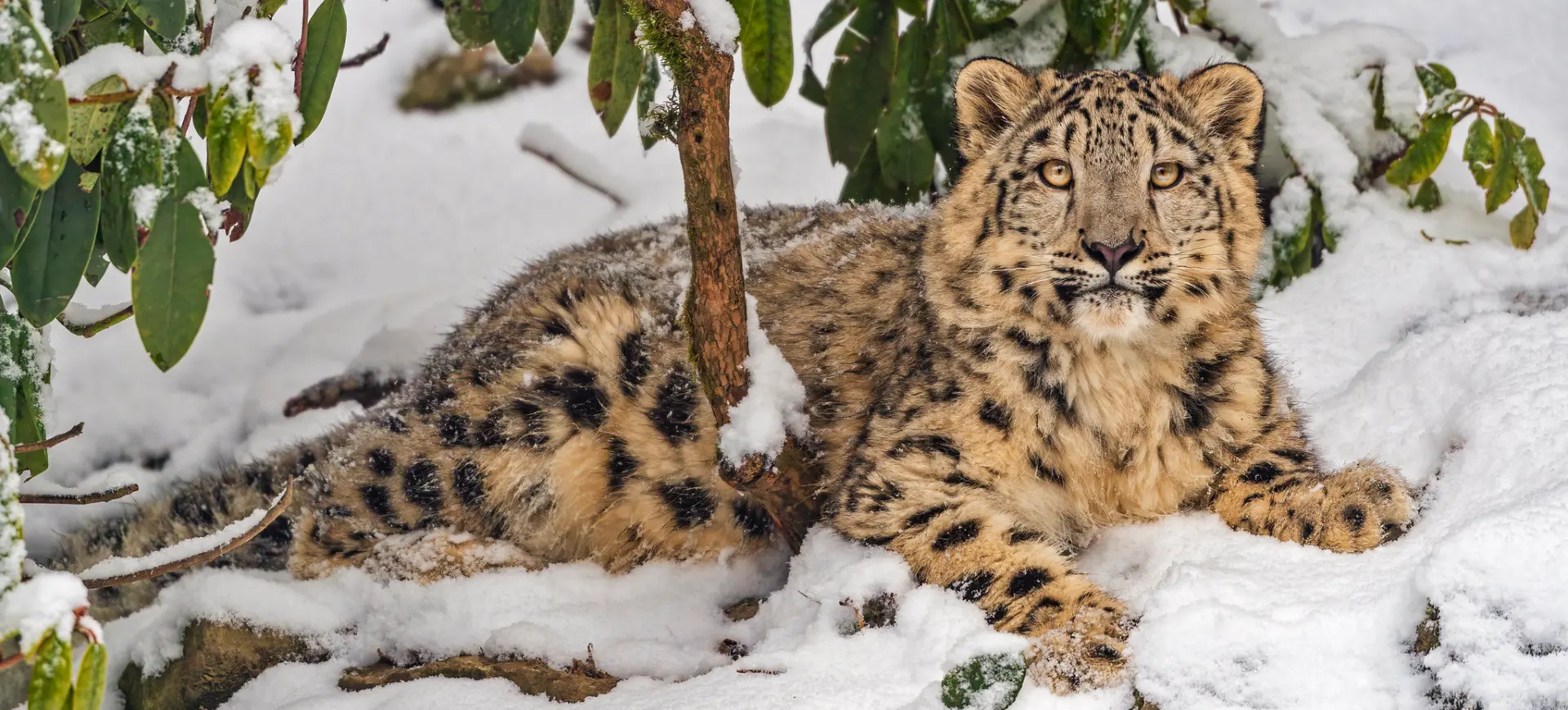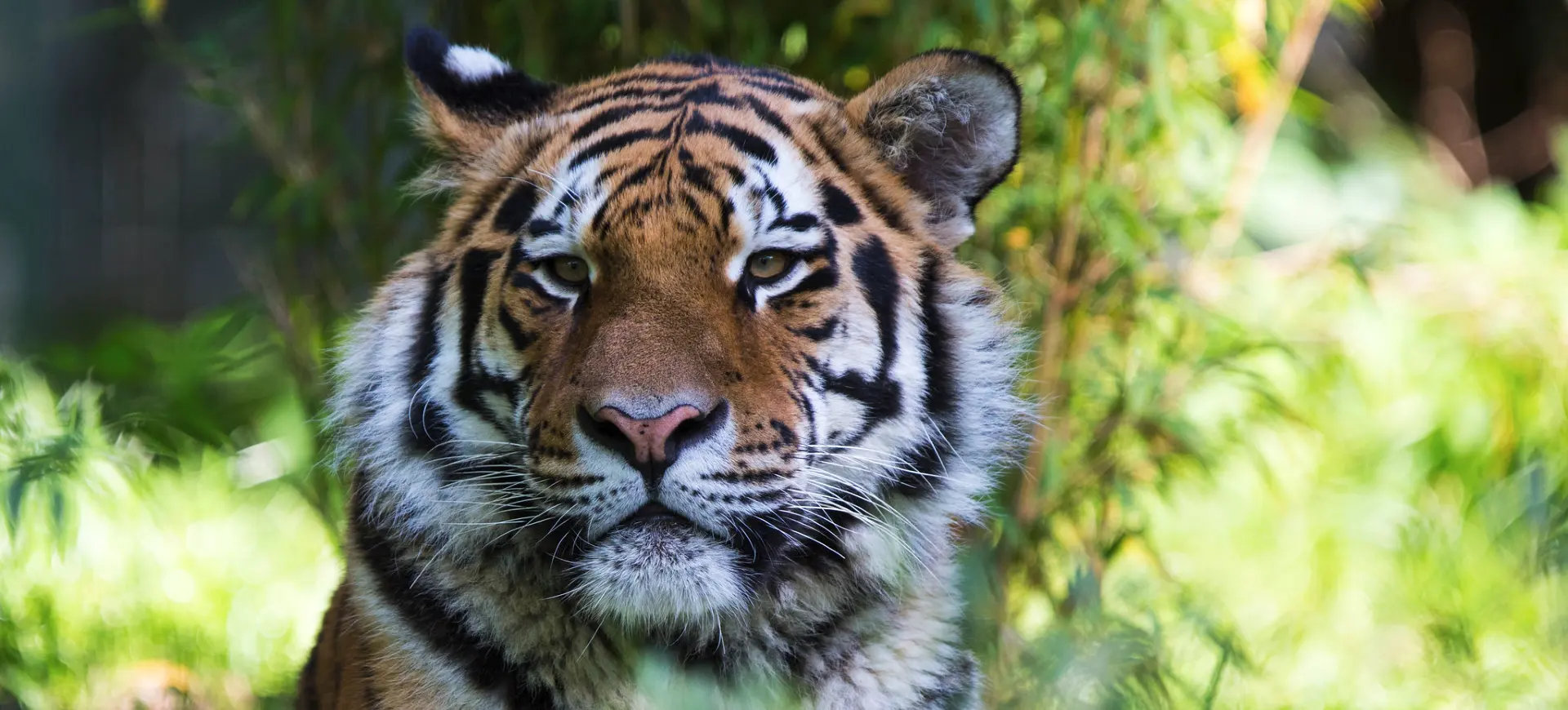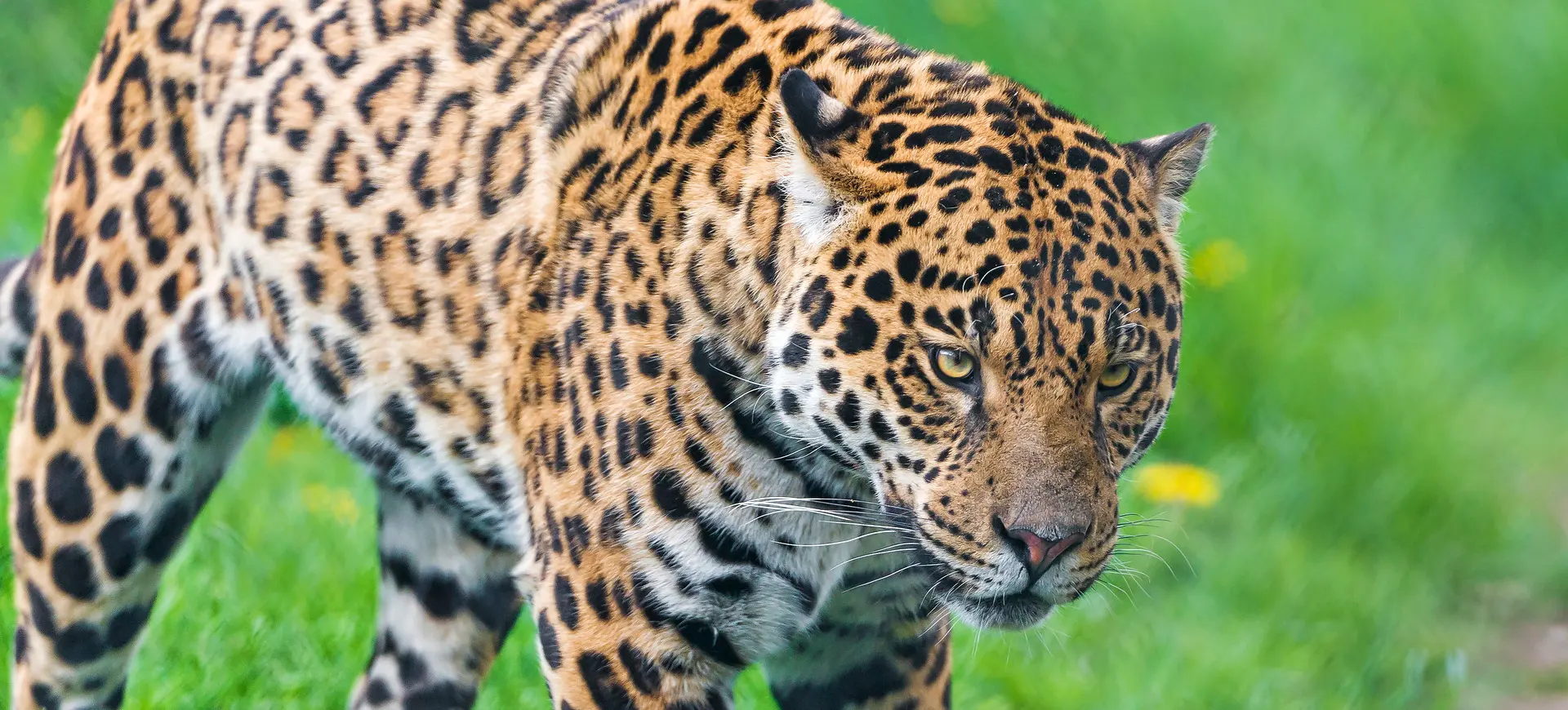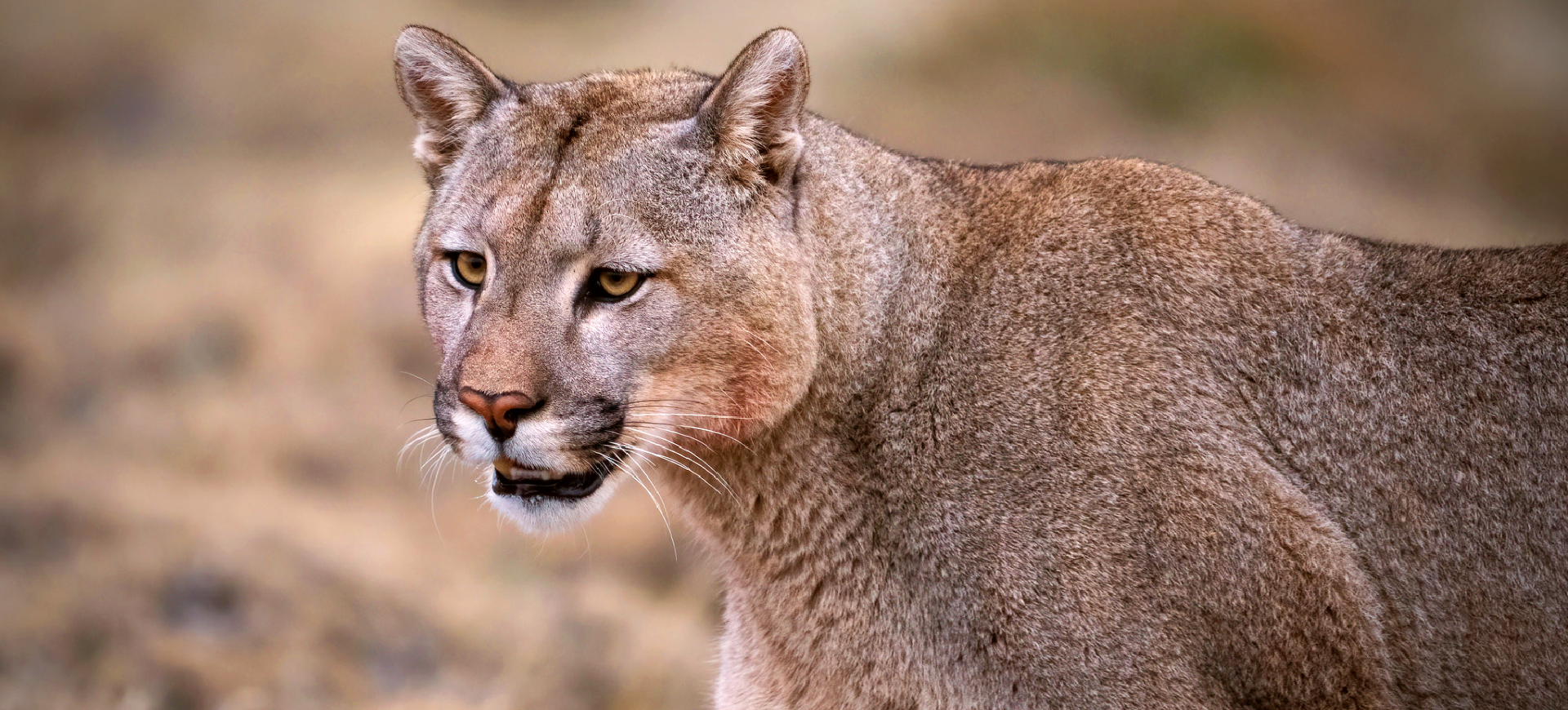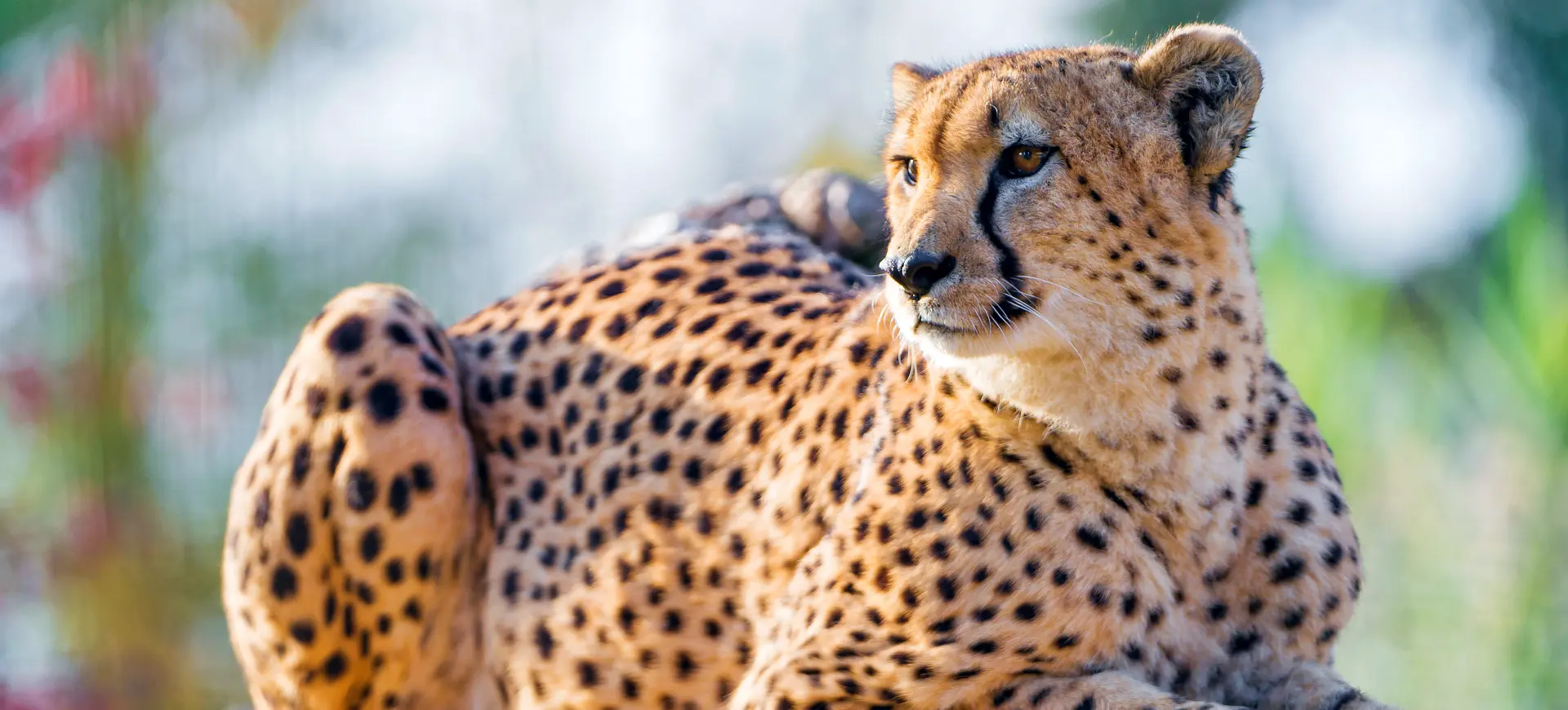Overview
The Transvaal Lion, scientifically named Panthera leo Kruger, is a subspecies of the African Lion predominantly found in the Transvaal region of northeastern South Africa. This subspecies is distinguished by its impressive size and darker mane compared to other African Lions. Transvaal Lions are powerful and majestic animals, with males typically displaying a fuller and darker mane than females and other lion subspecies.
They are apex predators within their ecosystem and play a critical role in maintaining the balance by controlling herbivore populations. These lions are highly social creatures, living in groups known as pride, usually composed of related females, their offspring, and a coalition of males.
Each pride has a territory that they defend against intruders. Transvaal Lions are known for their cooperative hunting strategy, where pride members work together to hunt down prey. The diet of these lions predominantly consists of large ungulates, including zebras, wildebeests, and buffaloes.
Taxonomy
Kingdom
Phylum
Class
Order
Family
Genus
Species
Sub Species
Type
Physical Description:
Transvaal Lions are among the largest of the lion subspecies, with males typically larger and more robust than females. Males have an average length of about 8.5 to 10.5 feet (2.6 to 3.2 meters) from head to tail and weigh between 330 to 550 pounds (150 to 250 kilograms). Females are generally smaller, measuring around 7.5 to 9 feet (2.3 to 2.7 meters) and weighing 265 to 400 pounds (120 to 180 kilograms).
The most distinctive feature of the Transvaal Lion is its dark, luxurious mane, which tends to cover more of the body than in other subspecies and can extend to the belly in older males. The mane’s color can range from blonde to black, often darkening as the lion ages. Their body color is light tawny, providing camouflage in the savannah grasslands.

Lifespan: Wild: ~14 Years || Captivity: ~20 Years

Weight: Male: 420 lbs (190 kg) || Female: 280 lbs (127 kg)

Length: Male: 8.2 ft (250 cm) || Female: 7.1 ft (217 cm)

Height: Male: 48 inches (122 cm) || Female: 44 inches (112 cm)

Top Speed: 50 mph (80 km/h)
Characteristic:
Native Habitat:
The Transvaal Lion is native to the savannahs, grasslands, and bushlands of northeastern South Africa, particularly the Transvaal region, including Kruger National Park and surrounding areas. Their habitat is characterized by a mix of open grasslands and dense brush, providing both hunting grounds and cover. Water sources are also important to their habitat, as they need to drink regularly.
These lions are adapted to various environmental conditions within their range, from the semi-arid regions to the more wooded areas. They require large territories to support their pride, often encompassing several hundred square kilometers.
Biomes:
Biogeographical Realms:
Continents:
Diet:
Diet & Feeding Habits:
Transvaal Lions are carnivorous, with a diet primarily consisting of large ungulates within their territory. They prefer hunting animals like zebras, wildebeests, impalas, and buffaloes. These lions are known for their strategic hunting methods, often working in groups to isolate and take down prey. While females typically do most of the hunting, males occasionally join in, especially when tackling larger prey.
Lions can eat up to 15% of their body weight in a single meal, but they also can go days without eating after a big feast. They are opportunistic feeders and will scavenge when the opportunity arises, often taking over kills made by other predators.
Mating Behavior:
Mating Description:
Transvaal Lions are polygynous, with dominant males mating with multiple females within the pride. Males must often fight to gain and maintain control over pride, with coalitions of brothers or friends commonly working together to take over and defend their territory. Mating can occur throughout the year, but peaks may correspond with favorable conditions in their environment.
Females are receptive to mating for a few days within their estrous cycle. After a gestation period of around 110 days, the female gives birth to a litter of 1 to 4 cubs in a secluded spot away from the rest of the pride. Cubs are born blind and helpless and rely entirely on their mother for the first few months. Male lions will protect their offspring but are not involved in their direct care.
Reproduction Season:
Birth Type:
Pregnancy Duration:
Female Name:
Male Name:
Baby Name:
Social Structure Description:
Transvaal Lions are known for their complex social structures, living in pride typically composed of related females, their young, and a coalition of males. These prides are inherently territorial, with females usually staying within the same territory for their entire lives, creating a stable matrilineal structure. In contrast, males often roam and may move between pride, either taking over an existing pride or forming a new one. This dynamic allows for genetic diversity within the populations and helps maintain healthy lion communities.
Within these pride, the lions collaborate in essential activities such as hunting and rearing young, showcasing the importance of their social bonds. Cooperative hunting increases their success rate in catching large prey, ensuring the pride’s survival. Similarly, the communal rearing of cubs, where females often nurse and care for each other’s offspring, enhances the chances of survival for the young, reinforcing the crucial role of the pride’s social structure in the life cycle and continuity of the Transvaal Lion.
Groups:
Conservation Status:
Population Trend:
The African Lions’ overall population, including the Transvaal subspecies, has seen a significant decline in recent years, primarily due to habitat loss, escalating human-wildlife conflict, and a reduction in prey species. These factors have contributed to a precarious existence for these majestic creatures, not just in their traditional wild landscapes but also in regions where they previously thrived. Outside the relative safety of South Africa’s national parks and reserves, Transvaal Lions encounter additional challenges, including poaching and retaliatory killings from local communities due to livestock predation.
In response to these pressing issues, conservation efforts have been increasingly focused on habitat preservation and creating wildlife corridors to facilitate genetic exchange and population movement. Initiatives to reduce human-lion conflicts are also critical, involving local communities in conservation strategies and promoting coexistence. These efforts are vital for the long-term survival of the Transvaal Lion and the maintenance of the biodiversity within their ecosystems.
Population Threats:
Major threats to Transvaal Lions are predominantly habitat loss and fragmentation due to expanding agricultural activities and increasing human settlements encroaching on their natural territories. These developments shrink their living space and disrupt the ecological balance, affecting the lions’ ability to roam and access sufficient prey. Concurrently, these majestic cats are threatened by poaching and retaliatory killings, particularly in areas where they are seen as a threat to livestock, a common source of conflict between lions and humans.
Moreover, the availability of their natural prey is declining due to overhunting and habitat conversion, forcing lions to venture closer to human habitations and increasing the potential for human-wildlife conflicts. Genetic isolation, a consequence of fragmented populations, poses a severe threat to their long-term survival, leading to inbreeding and, subsequently, reduced genetic diversity. This genetic bottleneck can result in weaker individuals and a decreased ability to adapt to rapidly changing environments.
Conservation Efforts:
Conservation strategies for Transvaal Lions are multifaceted, focusing primarily on habitat protection and the implementation of robust anti-poaching initiatives. These efforts are crucial for creating safe environments where lions can roam freely and maintain healthy populations. Additionally, community engagement programs are vital in mitigating human-wildlife conflict, educating and collaborating with local populations to foster a harmonious coexistence and reduce the threats lions face from human encroachment and retaliatory actions.
Furthermore, establishing and maintaining wildlife corridors between protected areas are essential for promoting genetic diversity and ensuring the long-term viability of lion populations by allowing for natural migration and breeding patterns. Simultaneously, promoting ecotourism, especially in renowned reserves like Kruger National Park, generates crucial economic benefits that support conservation efforts. This provides a sustainable income for local communities and raises awareness and appreciation for the majestic Transvaal Lion and its role in the ecosystem.
Additional Resources:
Fun Facts
- The roar of a Transvaal Lion can be heard up to 5 miles away, serving as a territorial claim and a form of communication.
- They are one of the most featured animals in African folklore and mythology, symbolizing strength and royalty.
- Transvaal Lions are skilled hunters, often working in groups to outmaneuver and take down their prey.
- Unlike most cats, lions are not solitary; their social structure is unique among the big cats.
- The darker mane of a Transvaal Lion is often associated with higher testosterone levels and can indicate a more dominant and potentially more successful male.
- Cubs are born with spots that fade as they grow older, a trait believed to provide camouflage in their early, vulnerable stages of life.
- They spend a significant portion of the day resting and are most active during the cooler periods of dawn and dusk.
- Male Transvaal Lions often embark on long journeys when they reach maturity to find a new pride, sometimes traveling hundreds of kilometers and facing numerous challenges.
- Transvaal lions have excellent night vision, which is six times better than humans, giving them a significant advantage during nocturnal hunts.
- Ongoing conservation efforts for Transvaal Lions include anti-poaching measures, habitat restoration, and initiatives to reduce human-wildlife conflict, ensuring the survival of this majestic subspecies for future generations.








